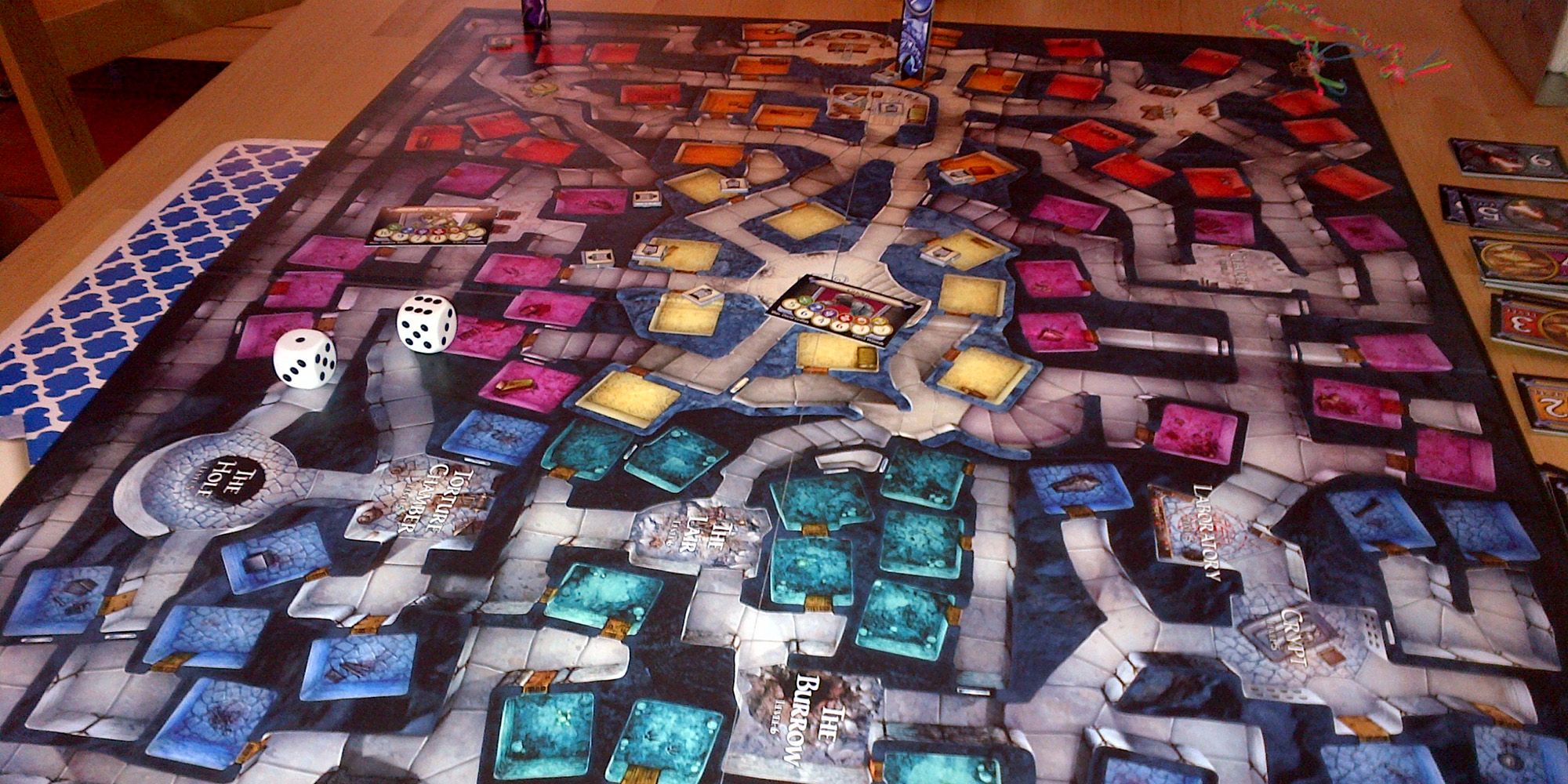Dungeons And Dragons Board Sport From The Nineteen Eighties Holds A TMS1100
At this time is just a little tour again to the early Nineteen Eighties when Mattel launched the DUNGEONS & DRAGONS Laptop Labyrinth Sport. [Cameron Kaiser] was coping with a couple of packing containers of outdated stuff when he got here throughout the sport. Fortunately for us, he determined to do a whole teardown and a complete evaluate greater than 40 years after it got here out.
The sport itself is fairly easy. You and a good friend are characters on the board, navigating an eight-by-eight maze. As you progress via the labyrinth, a microcontroller emits twelve audio cues telling you what you’ve run into (partitions, doorways, treasure, and so forth). The eight buttons on the aspect permit you to hear the totally different tones to know what they imply, as we think about even probably the most well-written handbook may battle to explain that. As well as, the items are diecast steel, which permits the sport to detect the place the items have been positioned.
With appreciable issue, [Cameron] opened the sport to disclose a membrane keyboard pad to detect the totally different items. The precise PCB is comparatively small, holding solely a single 2N2222 transistor, a few resistors and capacitors, and one 28-pin Texas Devices DIP. Whereas the markings on the chip say M34012, it’s a tweaked TMS1100, a descendant of the primary microcontroller. It’s a PMOS half, permitting it to run straight off a 9-volt battery with little to no regulation. Mattel wanted one thing low-cost and customizable to mass produce, and TI had simply the design. You possibly can hand them a ROM, an instruction decoder PLA, and an output PLA and get again an inexpensive little chip you can get one million of. [Cameron] has an annotated die shot based mostly on an early TI patent and a TMS1000 die from [Sean Riddle].
The chip solely has 4 inputs and nineteen outputs. This makes the keyboard onerous to scan, however the designers labored round it through the use of all of the inputs and all however one of many outputs to learn the keyboard. The structure of the TMS1000 is a bit unusual, with solely a six-bit program counter. It breaks the ROM into 16 pages and has a 4-bit tackle register. Nonetheless, the TMS1100 has double the ROM, so it has a one-bit chapter latch for the second financial institution. This was no powerhouse, coming at one instruction per clock at a measly ~475kHz (roughly because it tended to float). Total, it’s unimaginable the way it does a lot with so little.
It’s an exquisite learn that takes you again to how they designed issues again then. Regardless of all our progress over time, we’d like to see extra creative, tactile video games utilizing microcontrollers. So whereas it is probably not Holo Chess, this microcontroller-powered recreation nonetheless provides some new concepts even in any case this time.



:no_upscale()/cdn.vox-cdn.com/uploads/chorus_asset/file/24510979/DLE04_box_left__2000_copy.jpg)

